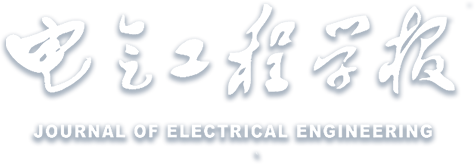Abstract:
The main problem of the traditional wind turbine yaw control system based on the continuous monitoring of wind misalignment using judgment event-trigger control to startup the yaw system lies in the fact that the wind direction changes much faster than the nacelle’s yawing speed, and its excessive yaw actions cause high wear and tear damage risk to the yaw system. By constructing the MTF-CNN-AT model, transforming the time series data into two-dimensional data, extracting the hidden characteristics of the time series data, using the attention mechanism to optimize the weight parameters of the CNN network, the computation of the dynamic weight correction coefficients is realized, and the wind condition is introduced into the yaw process, so that the weight coefficients of the output of the DMPYC can be dynamically changed according to the actual wind condition. Finally, the differences between the DMPYC and the traditional yaw control strategy under 8 groups of typical wind conditions are analyzed and studied. In the simulation comparison data, the yaw distance of the DMPYC is lower than that of the traditional yaw control strategy by 75.8% under low wind speed and high turbulence in a typical mountainous wind field, and the loss of power generation is less than 1.0%. The results show that the performance of the DMPYC is better than that of the traditional yaw strategy under the wind conditions in mountainous wind farms.


 下载:
下载: